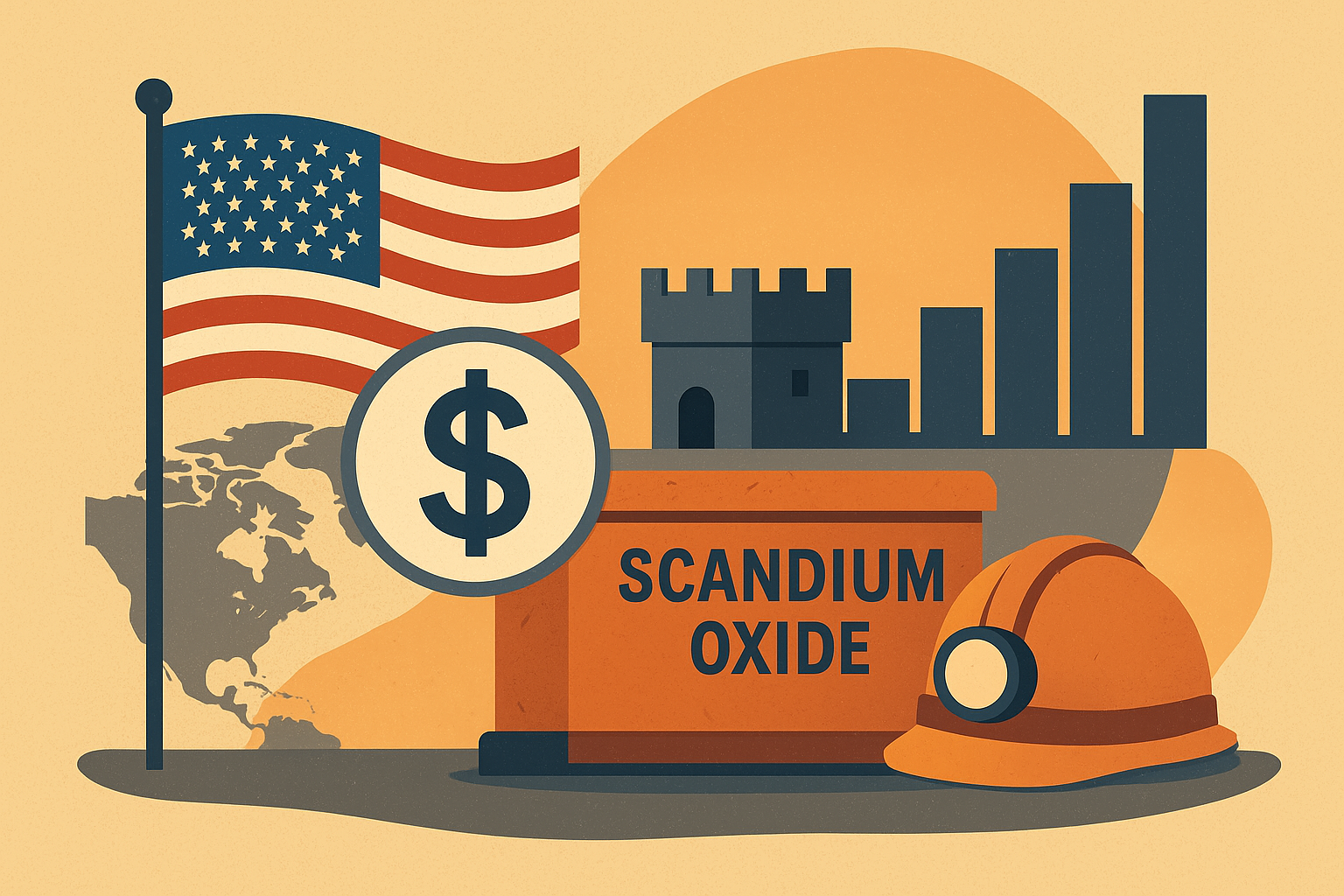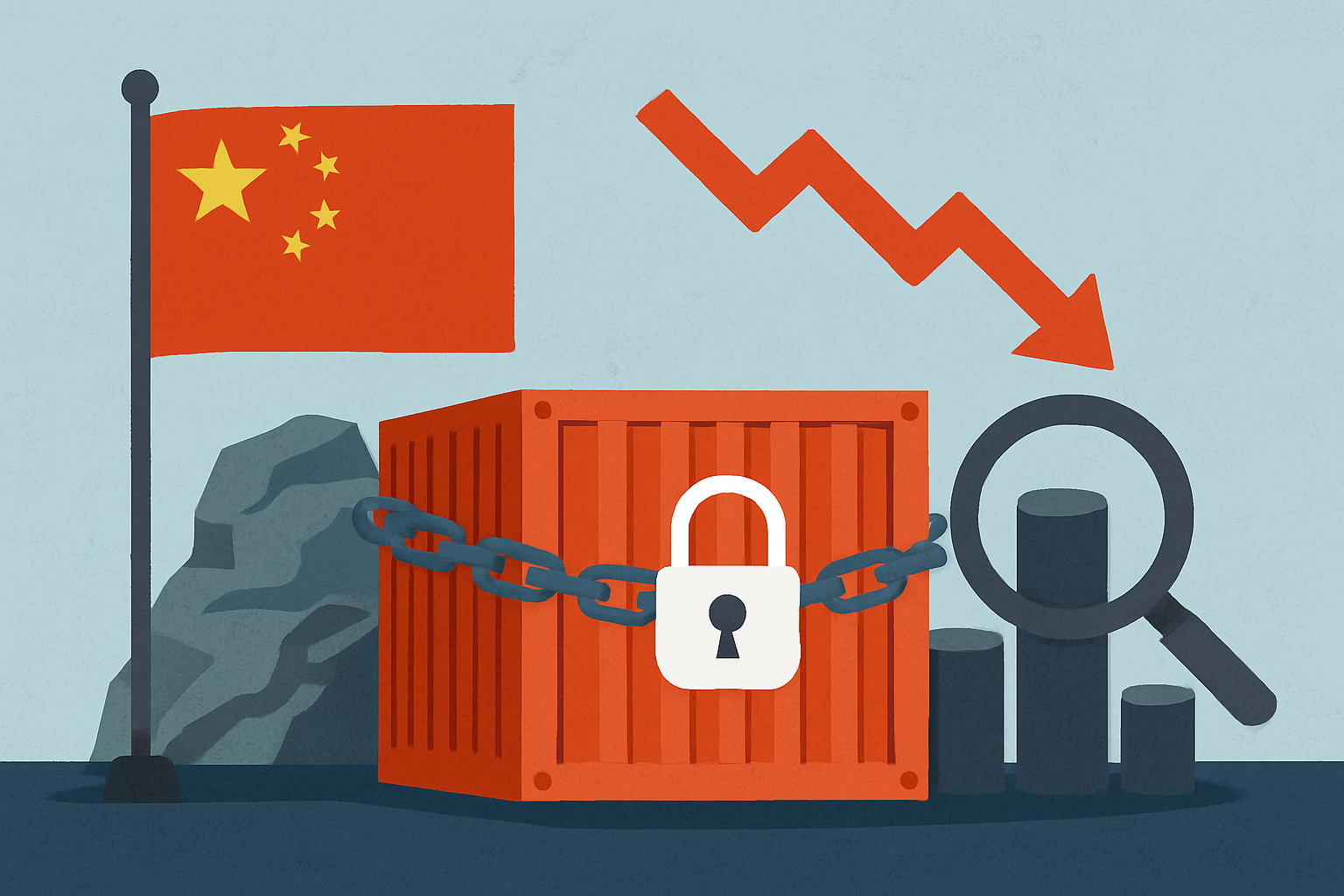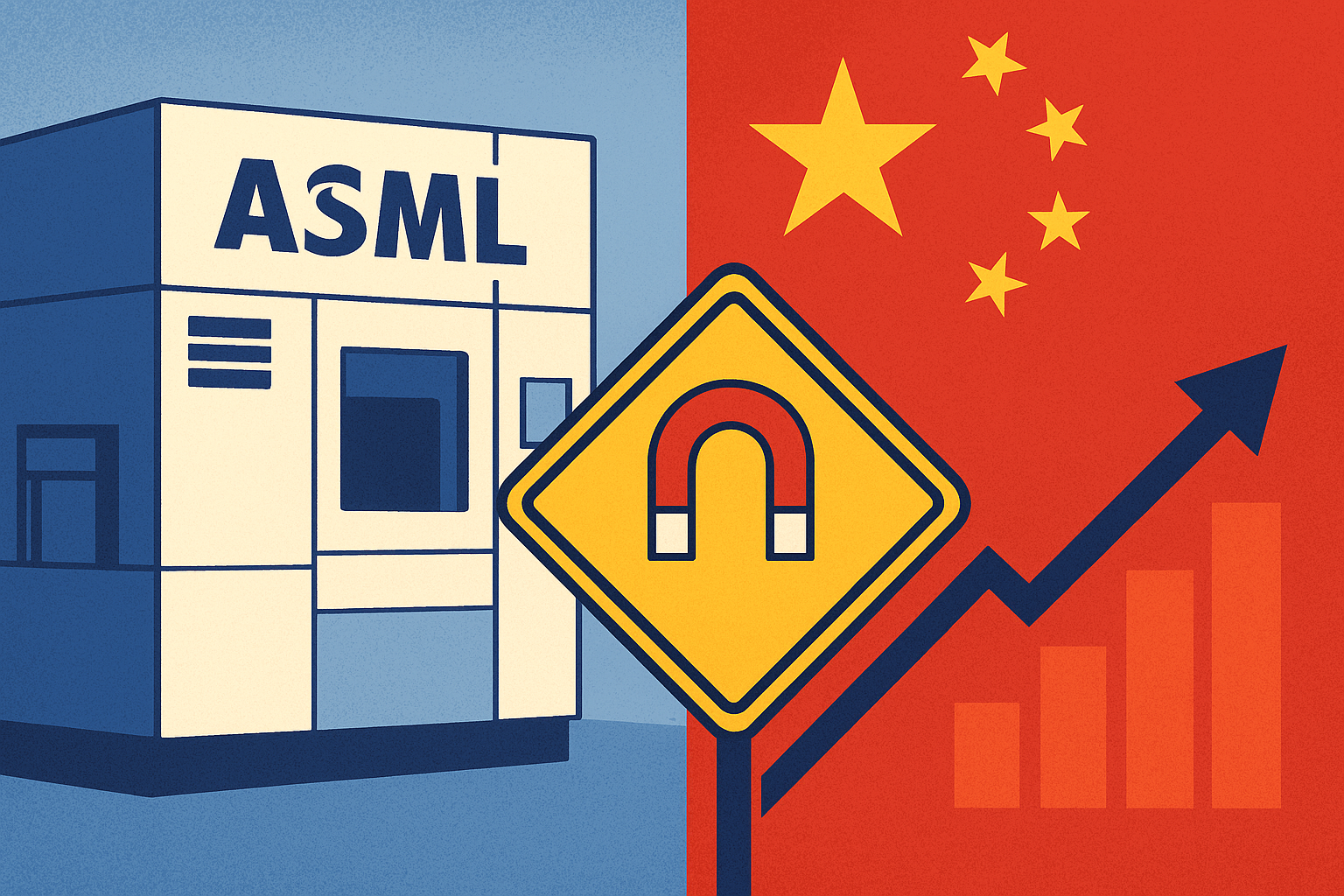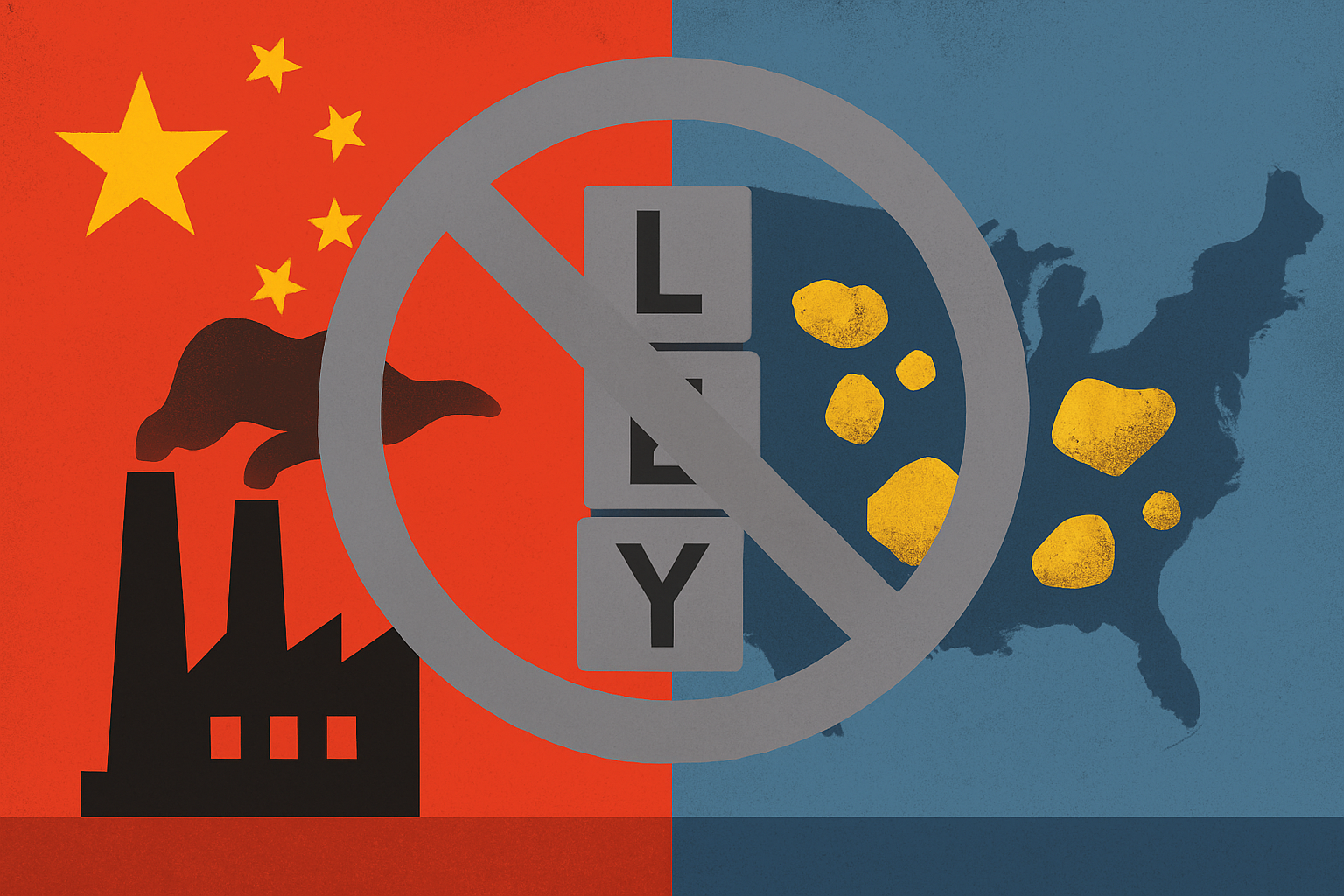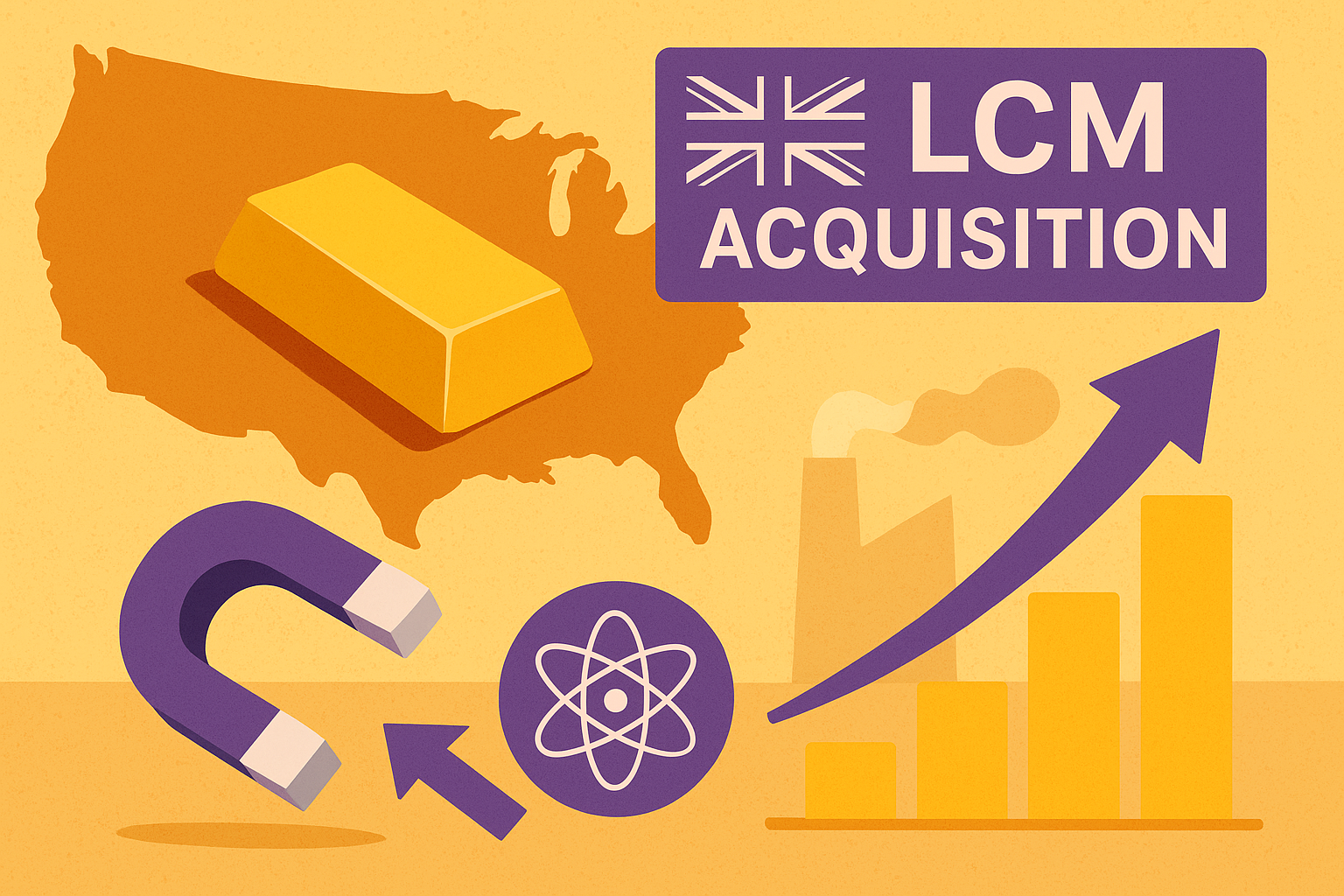Global supply chains are once again in the spotlight as the United States takes decisive steps to fortify access to critical minerals. The U.S. Defense Logistics Agency (DLA) has confirmed plans to purchase up to US$40 million worth of scandium oxide from Rio Tinto over the next five years, a move designed to strengthen the National Defense Stockpile and counter supply risks heightened by China’s export restrictions in 2024. For investors, this signals not only a heightened geopolitical focus on rare earth elements but also a potential turning point for a little-watched but strategically vital metal.
Why Scandium Is Suddenly Front and Center
Scandium has long been a niche player in the global commodities market, with applications ranging from aerospace alloys to solid oxide fuel cells and high-performance 3D printing materials. Yet despite its potential, global output remains extremely limited—estimated at just 128 metric tons in 2024, according to industry data.
The DLA’s agreement with Rio Tinto, reported by Reuters, covers approximately 6.4 metric tons of scandium oxide, equivalent to about 5% of global annual output, with 2 tons expected to be delivered in the first year. For context, most scandium is currently produced as a by-product from titanium dioxide or other industrial processes, underscoring just how constrained supply truly is.
China’s decision last year to impose tighter controls on rare earth exports, including scandium, has already raised alarm bells in Washington and allied capitals. As Bloomberg has previously noted, the weaponization of critical mineral supply chains is fast becoming a defining feature of global trade and security strategy.
Why This Matters for Investors
The DLA deal demonstrates a clear signal: scandium and other critical minerals are no longer niche concerns—they are central to U.S. industrial policy and national security planning. This has several implications for investors:
- Strategic Value Creation: Companies with the ability to refine, process, or mine scandium are likely to see increased demand and potential government contracts. Rio Tinto, which produces scandium oxide from titanium dioxide waste at its Canadian operations, now has an immediate competitive edge.
- Supply Chain Security: Defense and aerospace manufacturers may begin locking in long-term contracts to secure scandium supply, potentially lifting prices further in an already thinly traded market.
- Investment Diversification: Exposure to scandium and broader rare earths may provide investors with a hedge against geopolitical risk in traditional commodities.
Future Trends to Watch
- U.S. Policy Momentum: The scandium purchase is part of a broader U.S. initiative to strengthen the National Defense Stockpile. Investors should watch for legislation, funding allocations, or new procurement programs targeting rare earths and battery metals.
- Rio Tinto’s Expansion Timeline: The company has stated its scandium oxide production capacity could scale from its titanium dioxide operations. Monitoring its ability to expand output—or secure additional feedstock—will be key to assessing supply security.
- Global Bottlenecks: With refining capacity scarce outside of China, any disruption—logistical, technical, or environmental—could squeeze supply further. For smaller exploration or processing companies with viable scandium projects, this represents a window of opportunity.
- Allied Coordination: Europe, Japan, and Australia are all stepping up critical mineral initiatives. Investors should track whether partnerships emerge to diversify scandium supply chains, potentially creating cross-border growth opportunities.
Key Investment Insight
The DLA’s deal with Rio Tinto puts scandium firmly on the investment map. While still a niche metal, its role in defense, aerospace, and clean energy applications makes it increasingly valuable in the context of decarbonization and great-power competition. Investors may want to explore exposure to:
- Major diversified miners like Rio Tinto, which are leveraging existing assets to produce scandium at scale.
- Junior exploration companies focused on scandium or other rare earths, particularly those with operations outside of China.
- Downstream manufacturers in aerospace, defense, and fuel cells that stand to benefit from stable scandium supply.
Risks remain: the market is extremely illiquid, procurement cycles can be slow, and new production faces regulatory and environmental hurdles. However, for investors seeking asymmetric opportunities in critical minerals, scandium is emerging as a sector to watch.
Global competition for critical minerals is intensifying, and scandium’s role as a “quiet” but essential ingredient in advanced technologies is finally gaining recognition. As the U.S. and its allies seek to reduce dependency on China, the strategic importance of scandium—and the companies positioned to supply it—will only increase.
For daily, credible insights into metals, mining, and exploration trends, keep following explorationstocks.com—your trusted source for actionable investor news.

